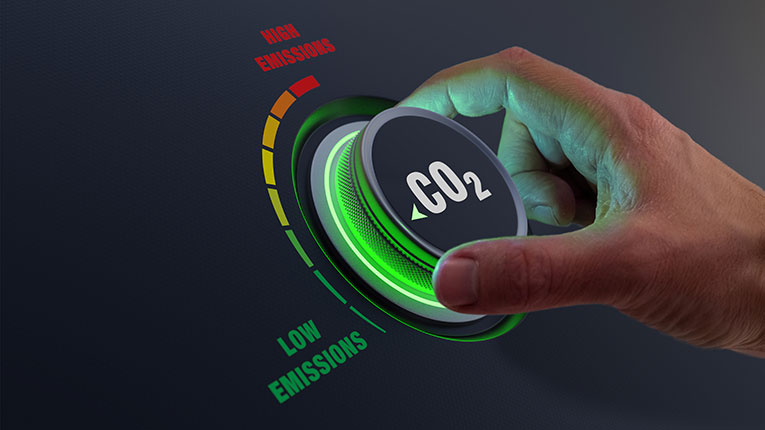An international carbon price floor (ICPF) would drive a faster reduction in carbon dioxide and other greenhouse gas emissions and limit the effects of climate change, according to a report by PwC and World Economic Forum.
“Imposing a minimum international carbon price would be the most effective measure to encourage investment in renewable energy and significantly reduce global emissions by more than 12%. According to PwC’s calculations, the cost of implementing such a measure would be be less than 1% of global GDP and could be offset by avoiding the economic losses associated with global warming,” said Dinu Bumbacea, country managing partner of PwC Romania, according to a statement.
Current prices create unequal conditions of competition and limit the climate ambition of countries that fear the loss of international competitiveness, the report said.
In June, the International Monetary Fund (IMF) presented the framework for establishing the ICPF, which proposes different price levels, depending on the stage of development of each economy. Thus, the IMF proposes that by 2030, the ICPF level for high-income countries should be of $75/ton, for middle-income countries – of $50/ton, and for low-income countries, of $25/ton. This structure is meant to limit the possibility of shifting emissions to countries where the cost of emissions is low, while encouraging low-income countries to participate in reducing emissions, the source said.
The report also shows that the ICPF could generate additional incomes of up to 3% of GDP in some countries, which could be redistributed to lower-income households and help to achieve a fair energy transition and reduce emissions by 12% due to the minimum carbon price level, combined with each country’s commitment to reducing emissions would help limit global warming to 2 degrees C above pre-industrial levels. Additional efforts could reach the level set out in the Paris Agreement of 1.5 degrees C.
Low-income countries can also be offered financial incentives to participate in the ICPF from a global account financed with a small share of the carbon revenues of high-income countries.
According to the PwC Net Zero Economy Index, the global carbon reduction rate will reach 2.5% in 2020, a slight increase compared to the 2019 level of 2.4%. The PwC index shows that the decarbonisation rate should reach 12.9% annually, more than five times higher than in 2020, so that emissions will halve by 2030 and reach zero by 2050.
